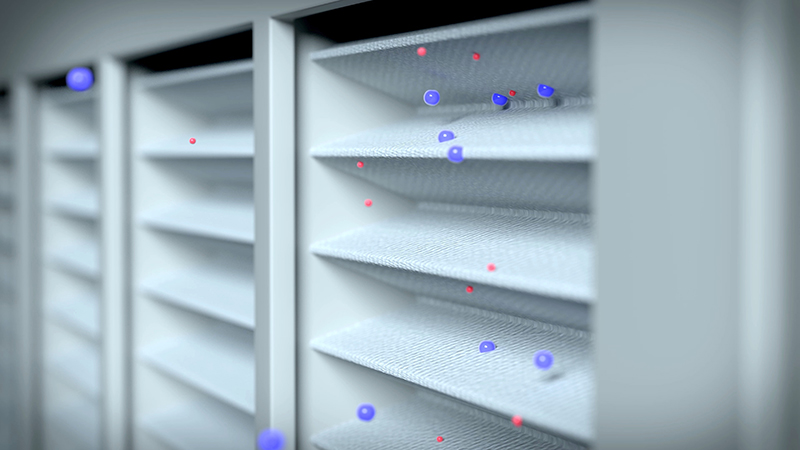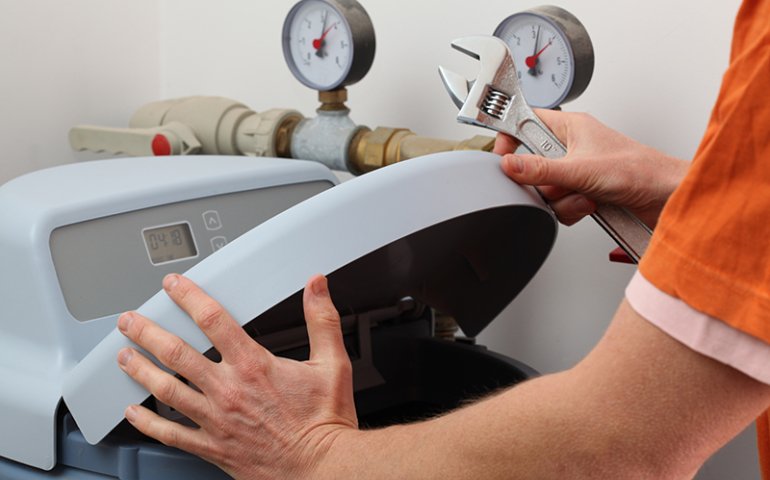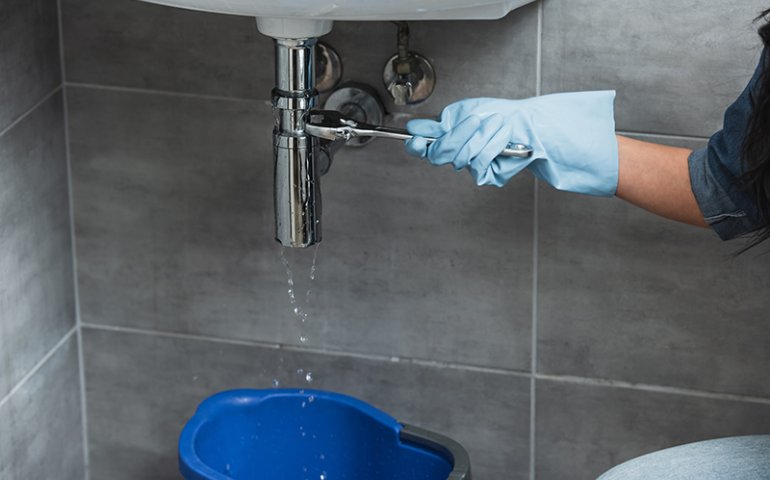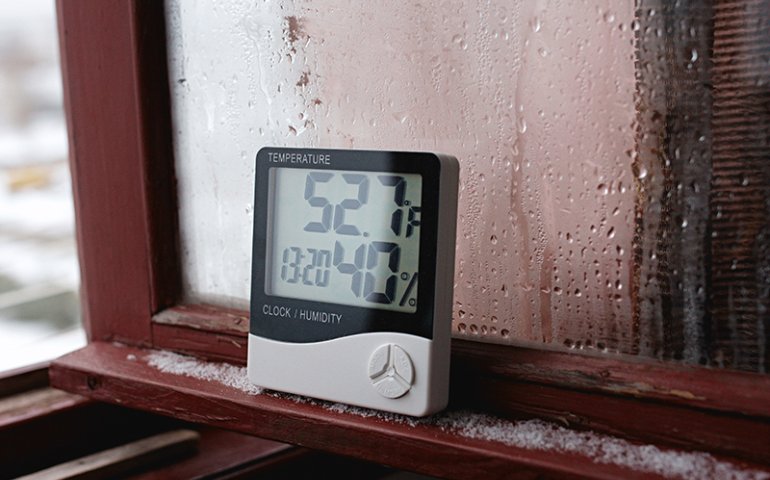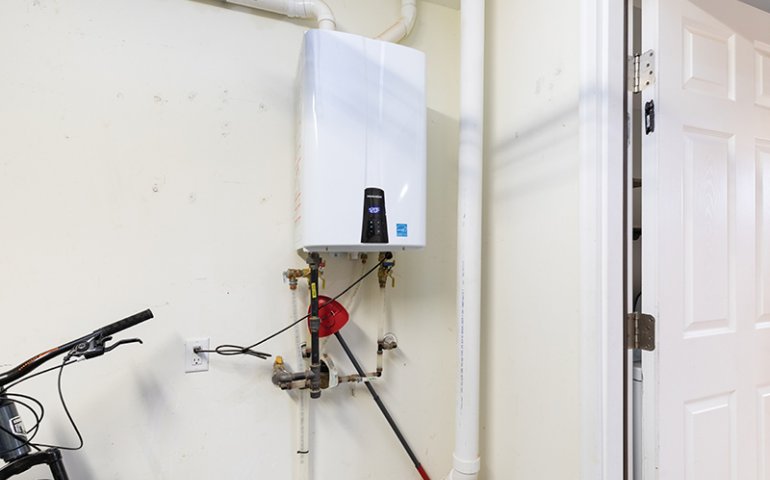MPR Filter Rating: What Is It?
When it comes to choosing the right air filter, understanding the MPR is vital. MPR is a measurement that tracks its ability to capture particles smaller than 1 micron. In this blog, we delve into what an MPR filter rating is and why it is important. We also look at how you can use it to make informed decisions when selecting an air filter for your home.
What is an MPR Filter Rating?
MPR stands for Microparticle Performance Rating. It is a scale developed by 3M to measure the filtration efficiency of air filters. MPR ratings range from 100 to 2800. Higher numbers mean higher filtration capabilities. The rating looks at a filter's ability to capture microparticles ranging from 0.3 to 1 micron in size.
Why is MPR Rating Important?
Understanding MPR ratings is crucial for several reasons.
- Improved Indoor Air Quality. Airborne particles smaller than 1 micron include pollen, dust mites, and pet dander. They can contribute to respiratory issues and allergies. Choosing an air filter with an MPR rating that captures these microparticles. This leads to cleaner and healthier indoor air.
- Customized Filtration. MPR ratings allow you to select an air filter that aligns with your specific needs. Higher MPR ratings signify a more efficient filter that can capture finer particles. If you have allergies or respiratory sensitivities, choose a higher MPR-rated filter. They can provide enhanced filtration and increased protection.
- Tailored Filtration for Different Settings. MPR ratings help you choose the right filter for different environments. High-traffic areas or homes with pets may need filters with higher MPR ratings. These capture and reduce airborne particles and odors.
How to Use MPR Rating when Choosing an Air Filter
Assess your indoor air quality requirements. Consider factors such as allergies and respiratory conditions. You should also look at specific pollutants that may be present in your environment. Check the MPR rating chart provided by the air filter manufacturer. The chart will help you understand the filtration efficiency of different MPR-rated filters. It also shows their corresponding microparticle capture capabilities. Select an air filter with an MPR rating that aligns with your needs. For general household use, an MPR rating between 600 and 1200 is best. If you need higher filtration efficiency, consider filters with MPR ratings above 1200. Pay attention to the manufacturer's guidelines about when to replace your filters. You should replace filters often to maintain optimal airflow and filtration efficiency.
Contact Us
Understanding the MPR filter rating system is vital. It allows homeowners to make informed decisions when selecting air filters. You need to consider the needs of your household and align them with the appropriate MPR rating. By doing this, you can improve indoor air quality and create a healthier home. Choose an air filter with the right MPR rating and breathe easier. If you need help replacing your filters, contact us. We can help with all your HVAC needs.

